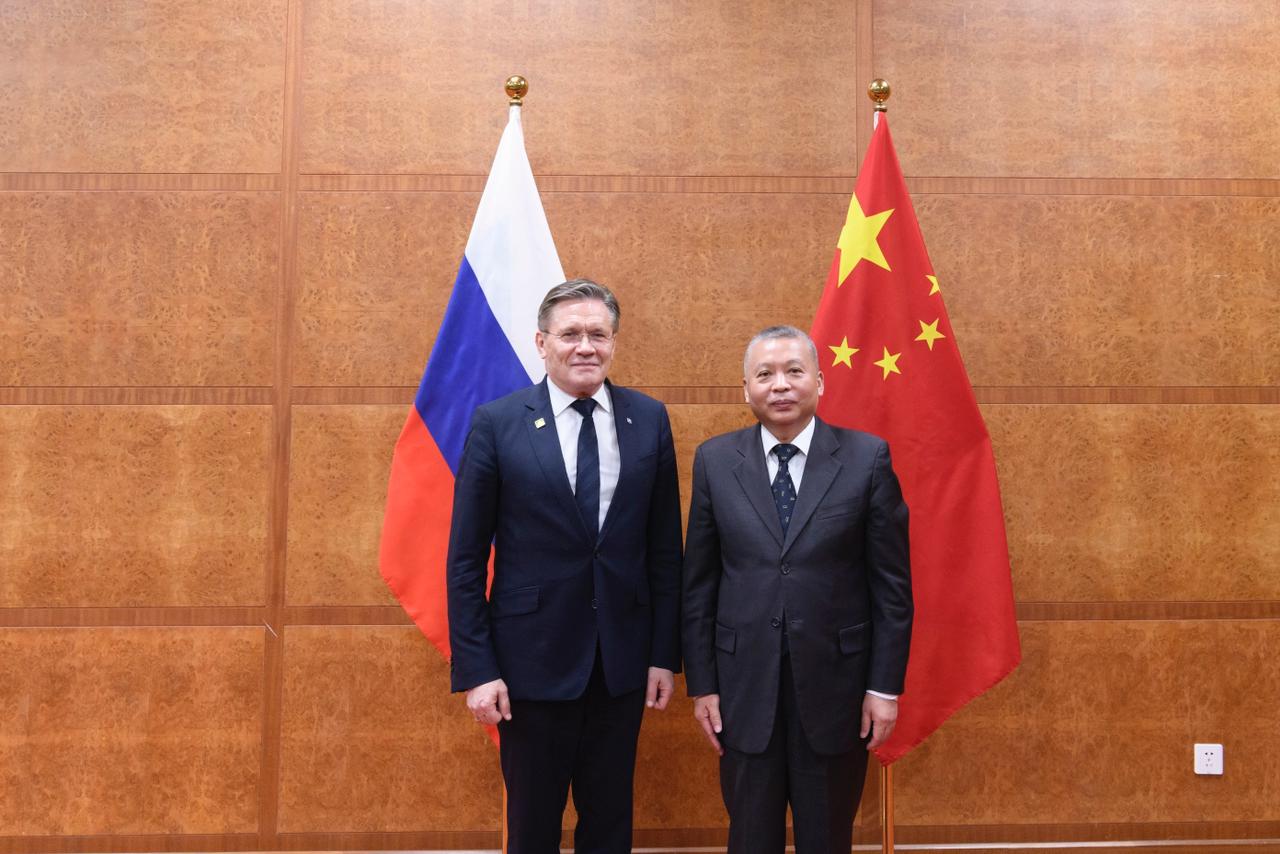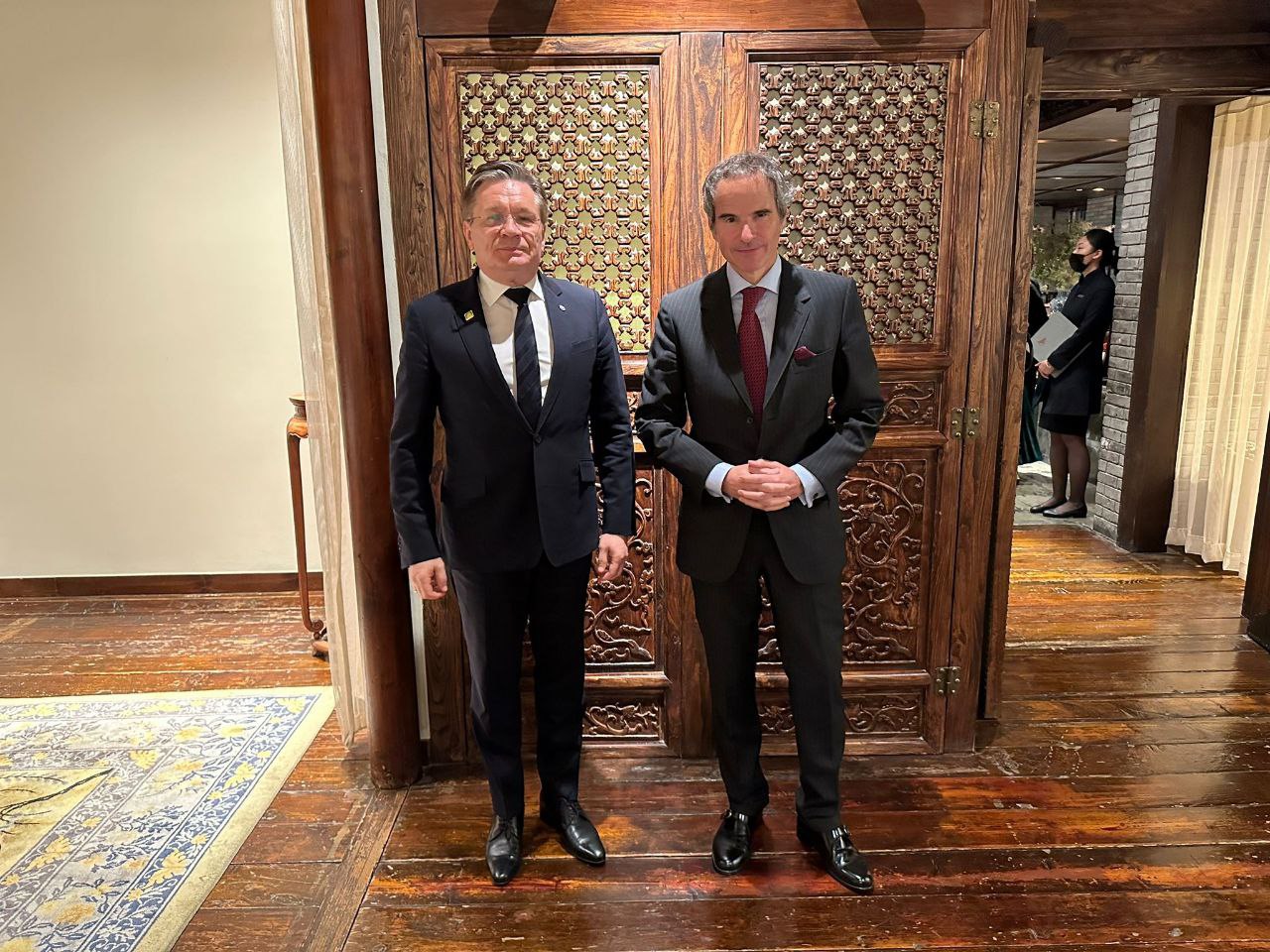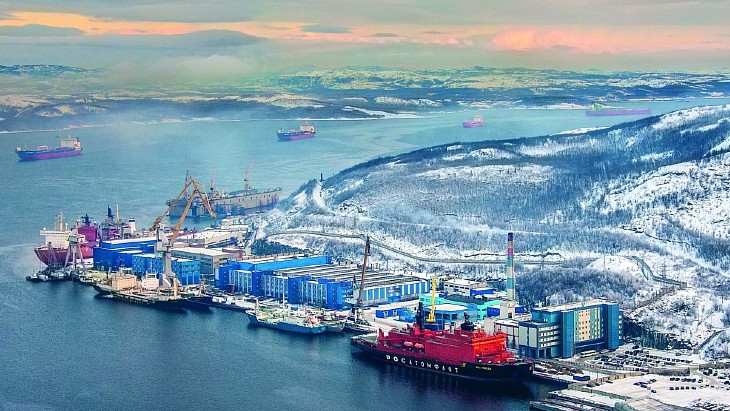
Source: Vattenfall
In July 2024, the project’s developers, Vattenfall and the Finnish state-owned enterprise Metsähallitus, selected GEOxyz and Arctia to conduct geophysical surveys at the site near Vaasa in Finland.
“Geophysical surveys are being conducted to study the seabed, which provides critical input to the environmental impact assessment such as archaeological screening, highlighting of ground risks and data subsequent preliminary foundation design. This is a pre-requisite for further development of the offshore wind farm,” said Klaus Nissen, Project Director at Vattenfall.
Additionally, bird and bat studies and the effects of ice conditions are being conducted.
According to Vattenfall, an environmental impact assessment (EIA) report to evaluate potential environmental consequences is now being prepared in collaboration with Metsähallitus, which joined the project in 2022.
The calculations will take into account the entire life cycle of the project, said Vattenfall.
Construction is planned to commence in the 2030s. In September 2024, Vattenfall signed a letter of intent (LoI) with the Port of Kaskinen to explore the possibilities of using the port for logistics during the construction phase, and later for wind turbine maintenance.
The Korsnäs offshore wind farm will have a capacity between 1.3 GW and 2.5 GW and a potential annual production of up to 7 TWh. The project is set to include up to 150 wind turbines, with an estimated investment ranging from EUR 2 billion to EUR 3 billion.
“Wind power, being a crucial energy source for decarbonisation, makes the Korsnäs project a vital contributor to this transition. Once completed, it will produce fossil-free electricity for over two million apartments or 350,000 electrically heated detached houses,” added Nissen.




